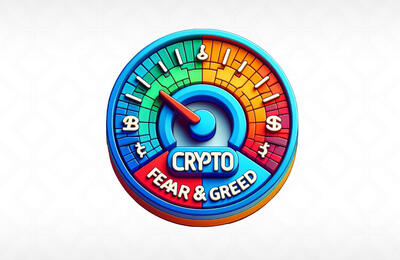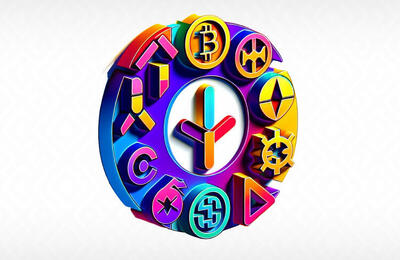
The cryptocurrency market has always had its fair share of bullishness, with observers and enthusiasts making firm predictions about adoption and pricing across several assets. The market has grown significantly over the last decade, from less than 100 in 2013 to more than 9,000 active assets in 2023. According to CoinMarketCap data, the overall crypto market cap is $1.36 trillion, with an average 24-hour volume of $67.27 billion. As 2023 ends, the two biggest cryptos in the market, Bitcoin and Ether, are set to become even bigger and more popular in 2024.
Bitcoin (BTC)
Bitcoin is already the world’s most popular cryptocurrency and the first major decentralized crypto asset. As the most popular crypto, it has a market dominance of 51.6% and a market cap above $706 billion. Bitcoin also has the highest adoption rate, with 36% of all crypto holders holding Bitcoin in 2023.
The asset’s popularity is set to grow in 2024 for several reasons, including the upcoming halving. Historically, Bitcoin’s price increases (although not always immediately) after a halving event because the network succumbs to simple market rules of demand and supply, since the supply rate diminishes per halving. Bitcoin is also set to enjoy more popularity as the United States Securities and Exchange Commission (SEC) potentially greenlights a spot ETF next year. A recent Matrixport report predicts that BTC’s price could hit $42,000 due to inflows from the ETF market. Asset manager AllianceBernstein Holding LP is even more bullish, projecting $150,000 by 2025.
Another pointer to Bitcoin’s popularity next year is increased use in online casinos. According to a recent BanklessTimes.com report, crypto enthusiasts place an average of 337 bets per second, spending about $3 million daily. Many crypto casinos, including the sites listed here, accept Bitcoin and several altcoins from players looking to enjoy their favorite games. Bitcoin usage also allows these casinos to offer players exciting perks, including bonuses of up to 10 BTC, cashback on losses, and fast transaction speeds.
Ethereum (ETH)
Although Ethereum is already the second-largest cryptocurrency by market capitalization, it makes the list because of its utility. The Ethereum network enjoys heavy adoption because it is the underlying framework for most projects and applications in the decentralized finance (DeFi) market. According to DeFi TVL (total value locked) aggregator, Ethereum is responsible for 68% of DeFi TVL.
Initially, the Ethereum blockchain faced several problems, including expensive transaction costs and scalability, especially during periods of high transaction volume. However, the last few years have seen a strong emergence of layer-2 blockchains on the Ethereum network, which essentially solves this problem.
According to a recent prediction for 2024, ETH’s average price should be $1,903 in January, only a little lower than the current $1,929. However, the outlook suggests that the second-largest crypto’s average price for December will be $2,357, a nearly 24% rise from current prices.
As the DeFi landscape broadens, Ethereum is likely to continue benefiting for many reasons, including its smart contract functionality. These smart contracts help developers to create complex protocols that run automatically without human interference. Since most of DeFi requires Ethereum to function and is compatible with Ether, the crypto will likely pump next year, also potentially benefiting from Bitcoin’s halving.
Crypto in 2024
In addition to expected adoption, both cryptocurrencies — already at the forefront — will contribute to the blockchain narrative. Bitcoin still commands attention as “digital gold” and is a trusted store of value as it keeps returning healthy percentages to holders yearly. For Ethereum, the strength of its blockchain and its use for smart contracts is the backbone of the DeFi ecosystem, bound to accommodate more projects as adoption increases. Together, both assets form the structure of a decentralized future, shaping the global world of finance and technology in 2024 and beyond.













